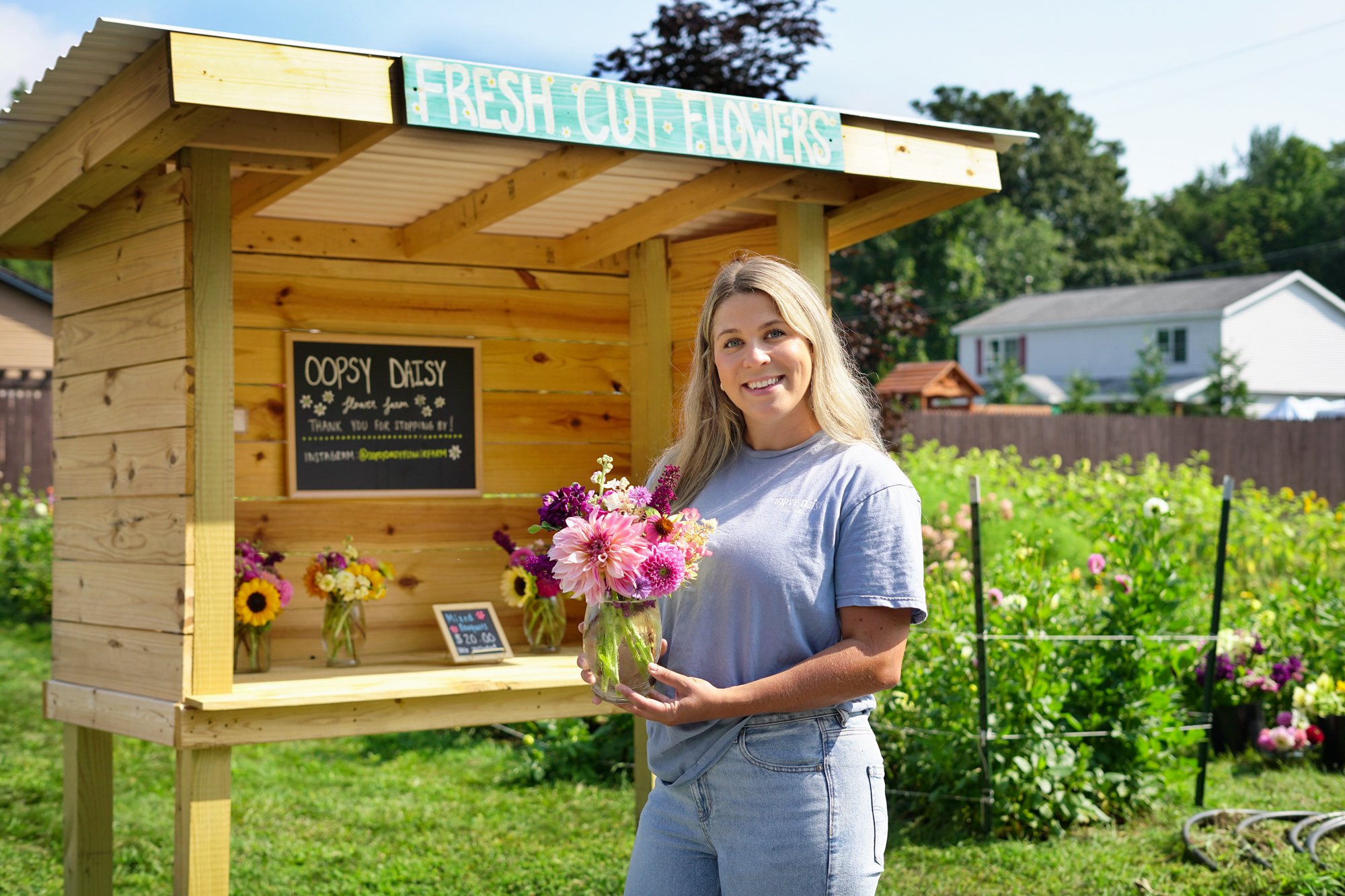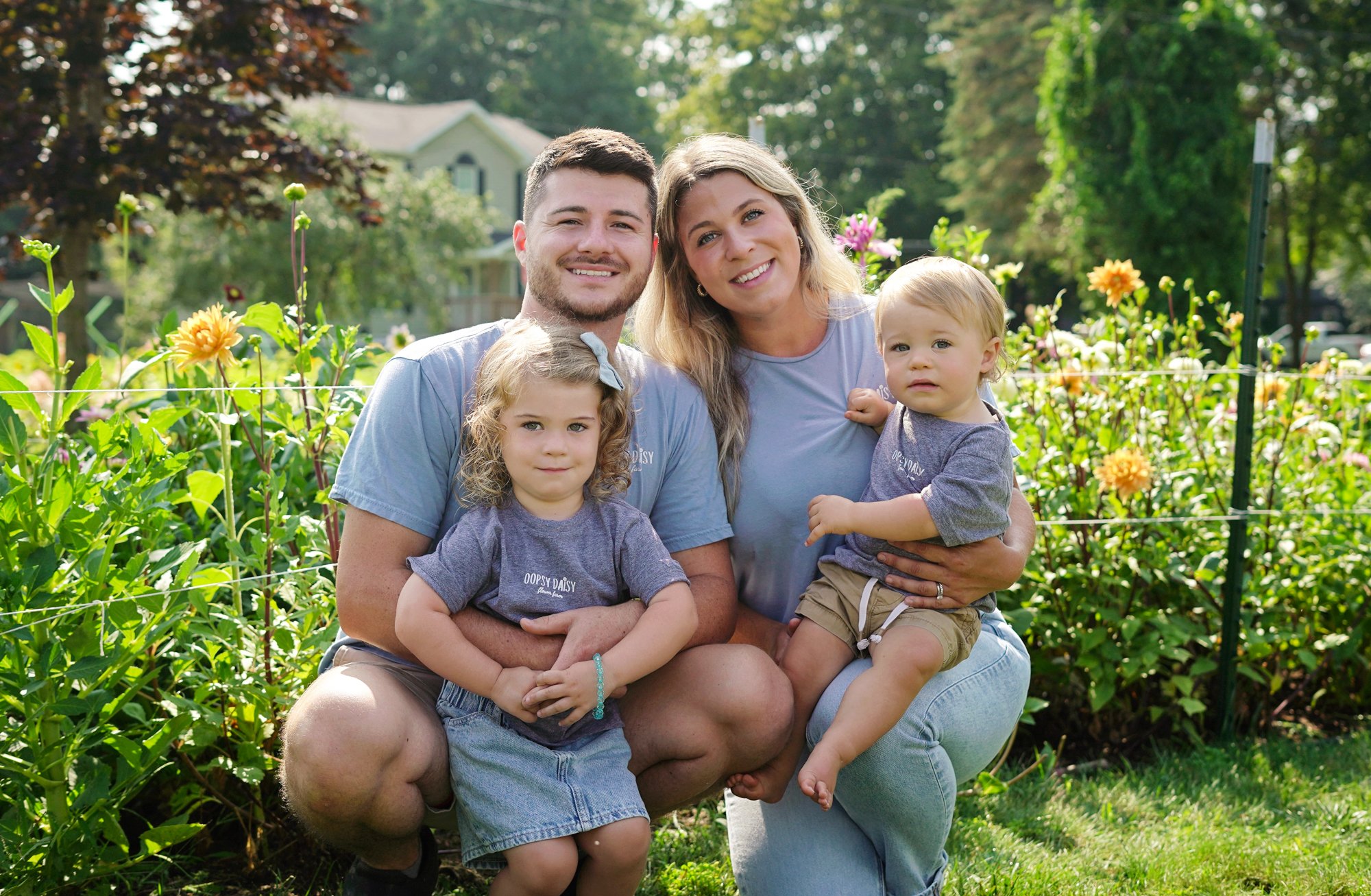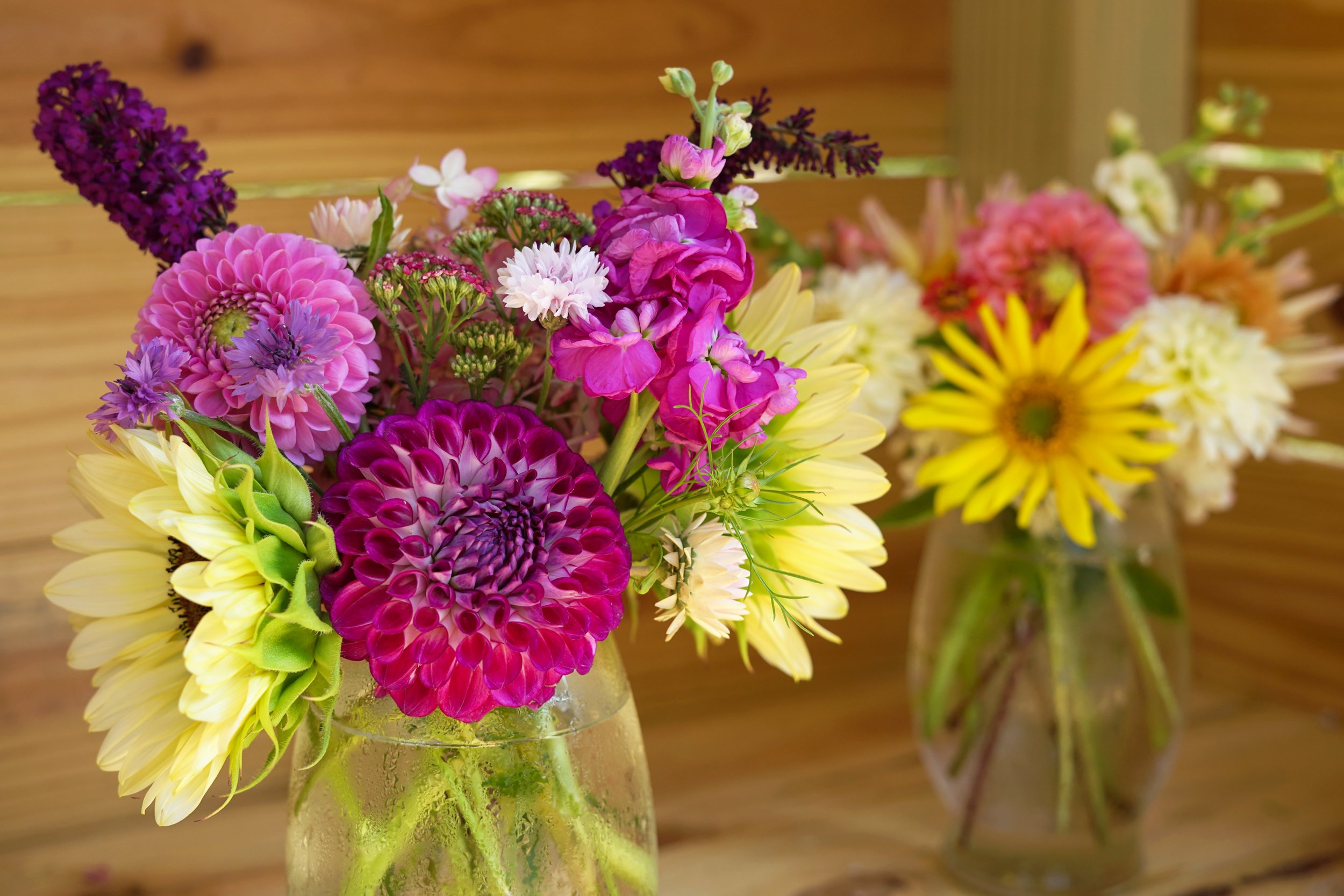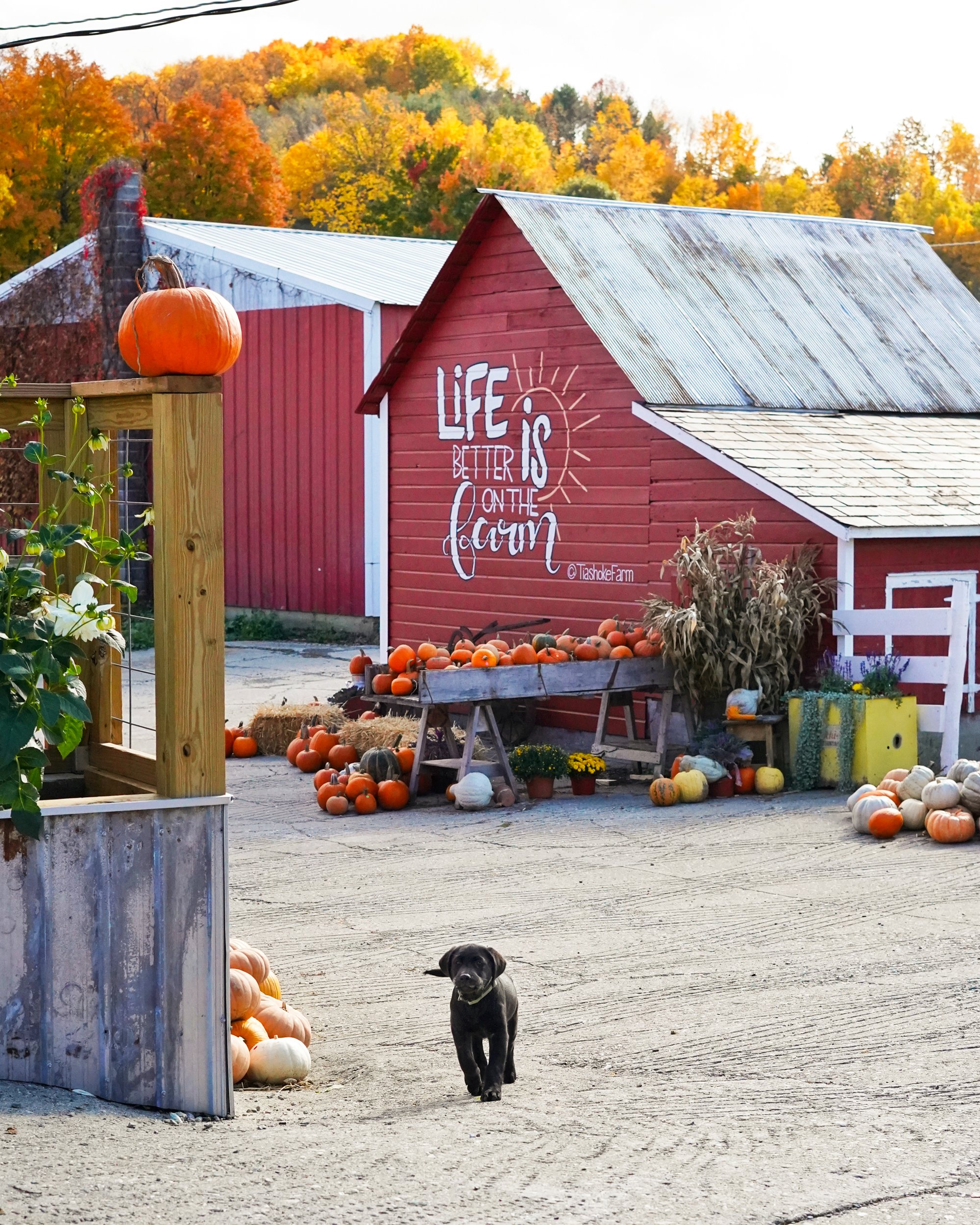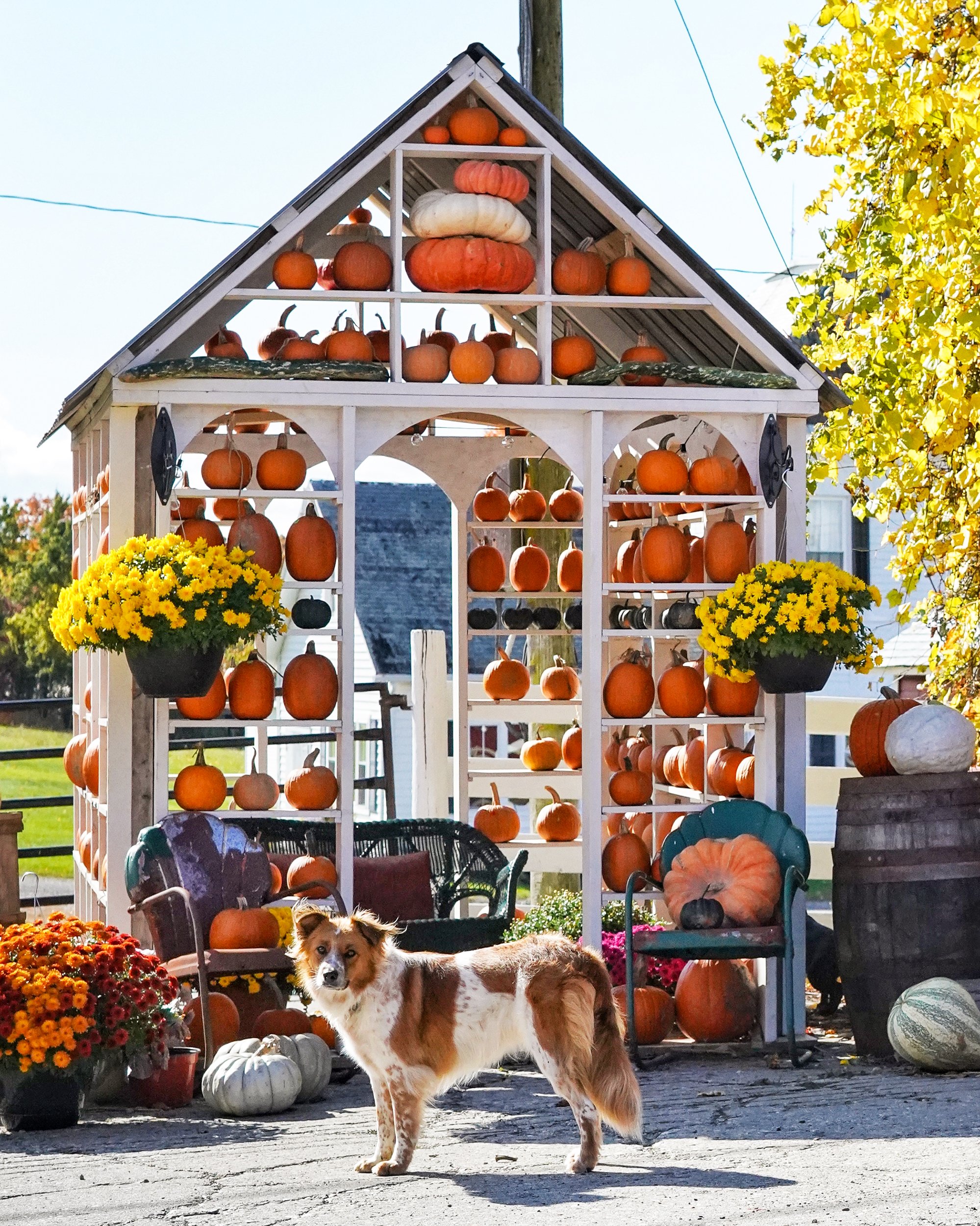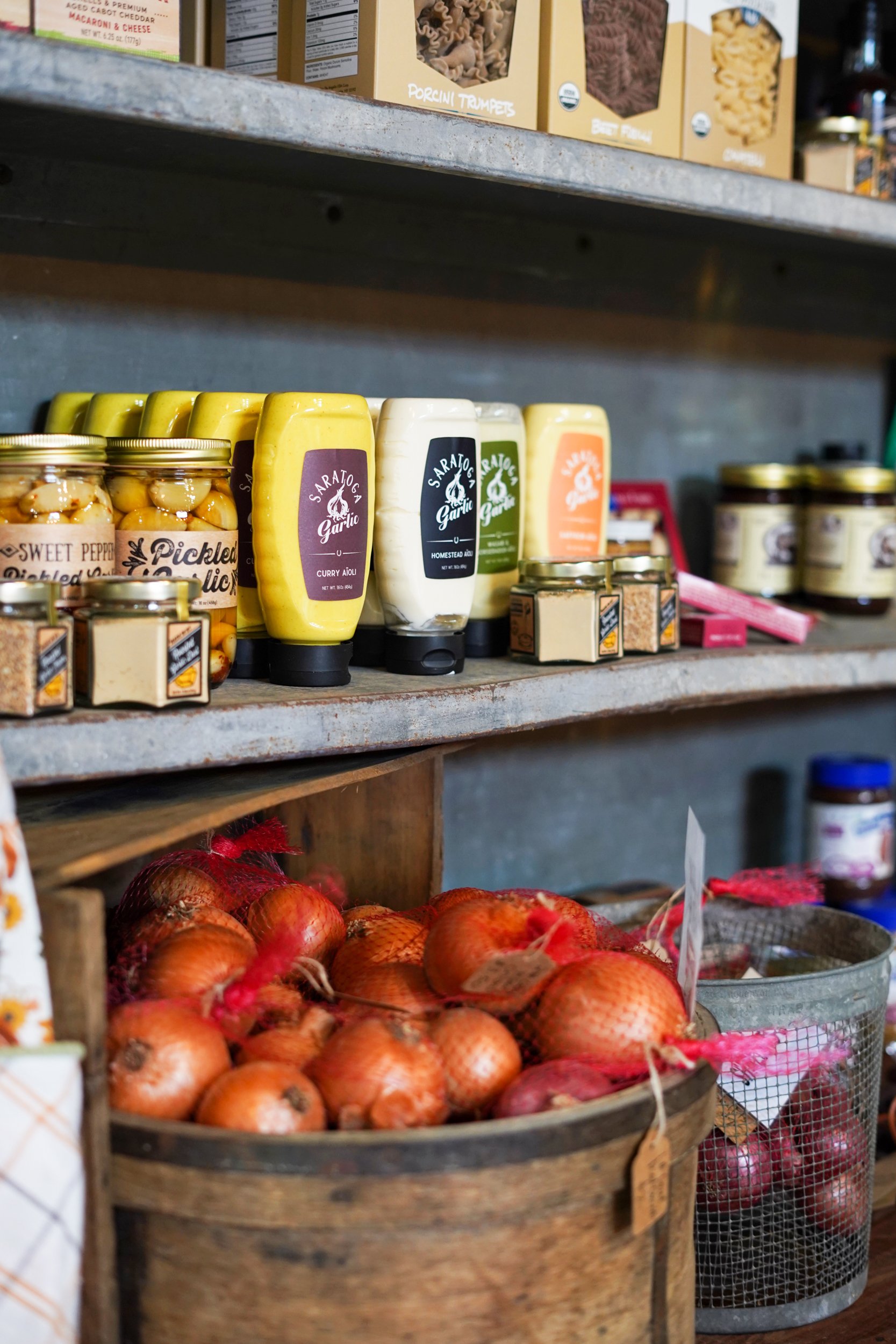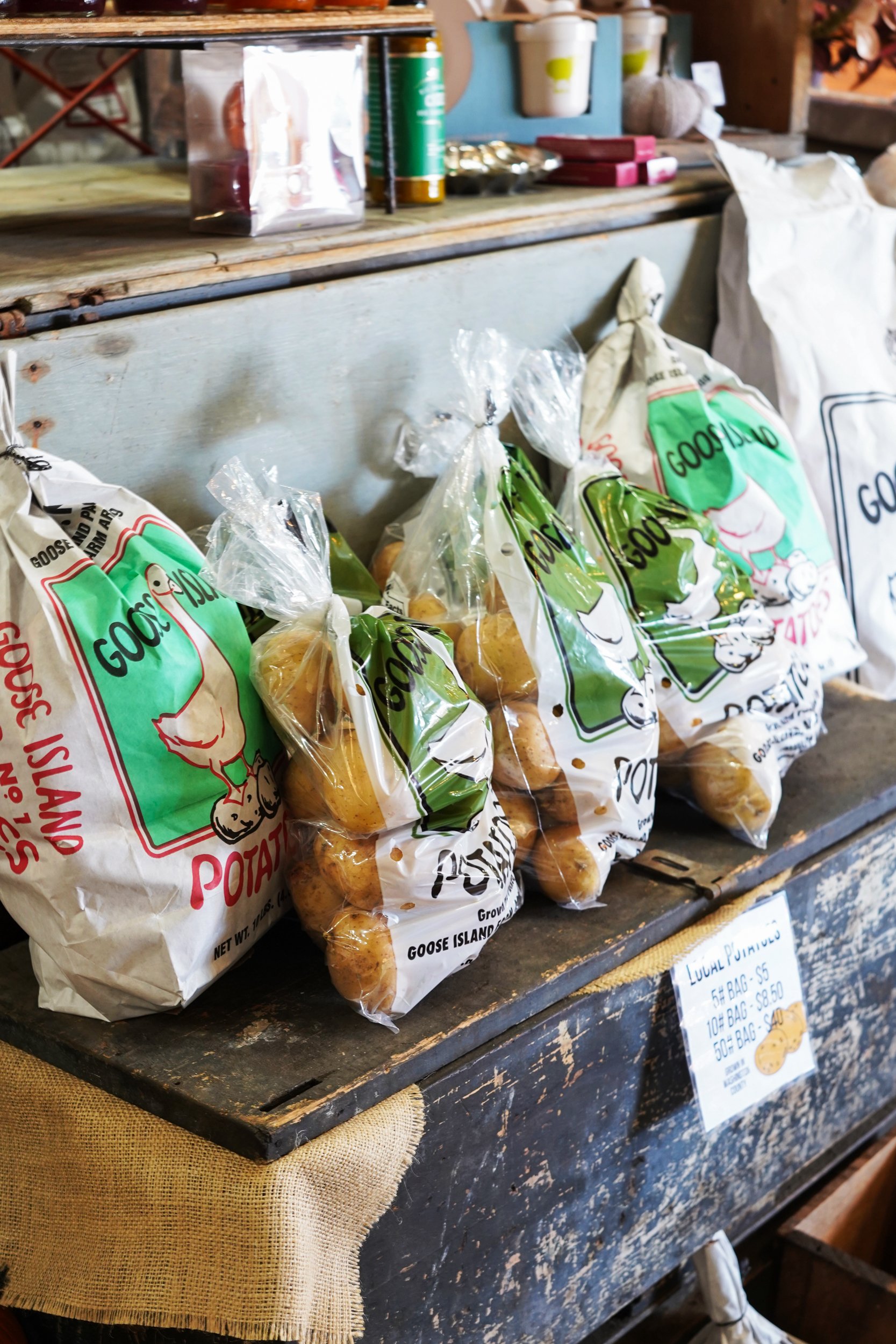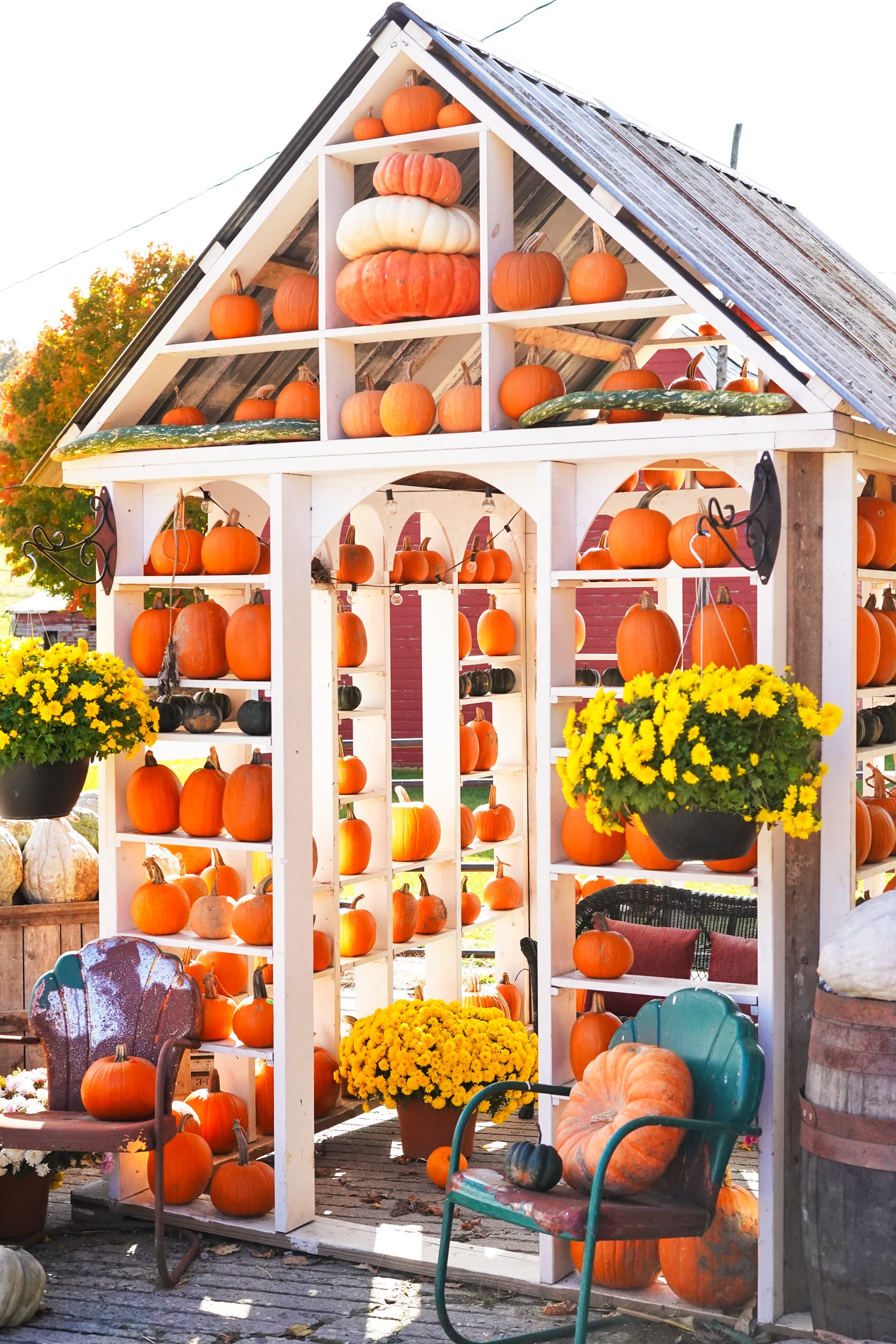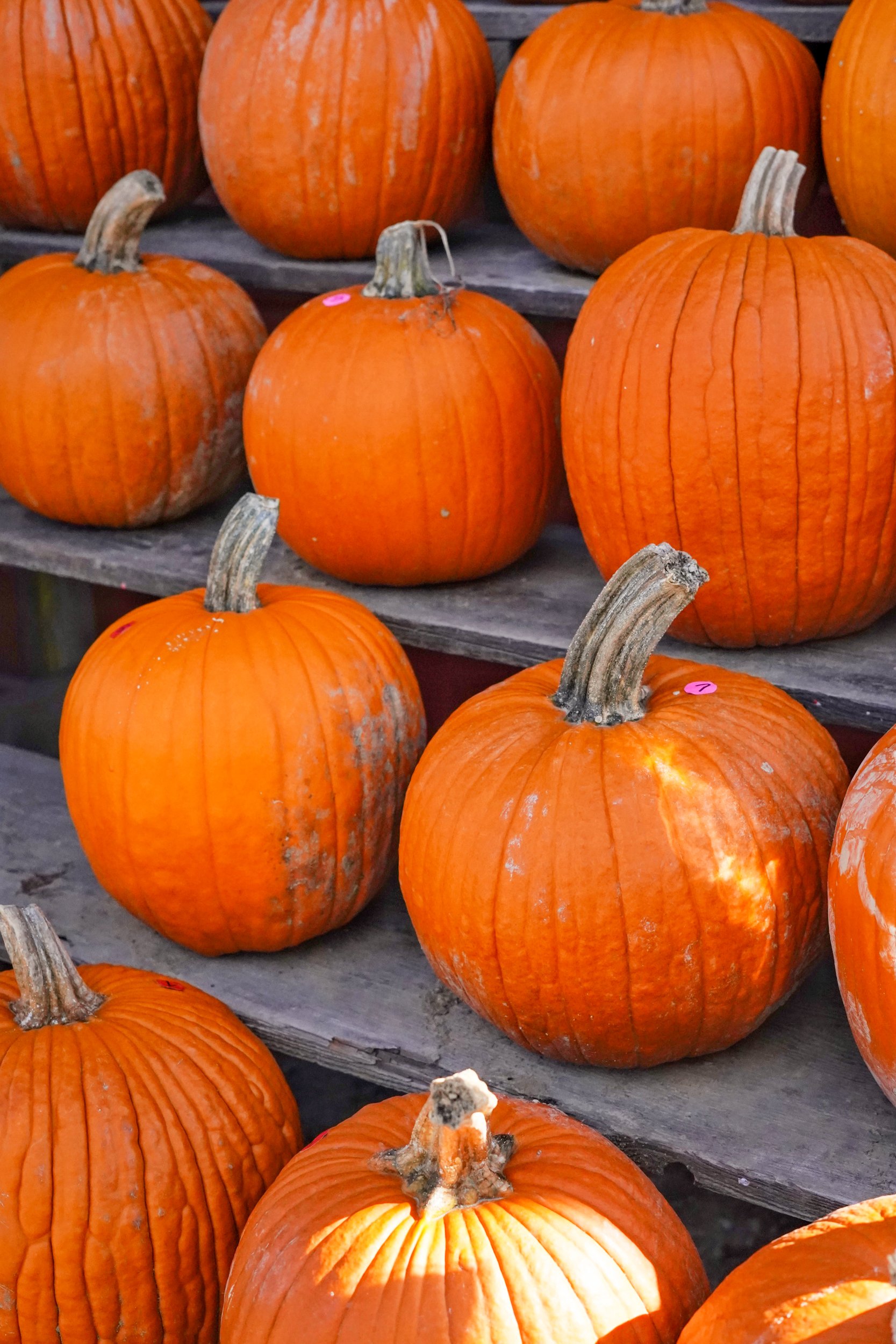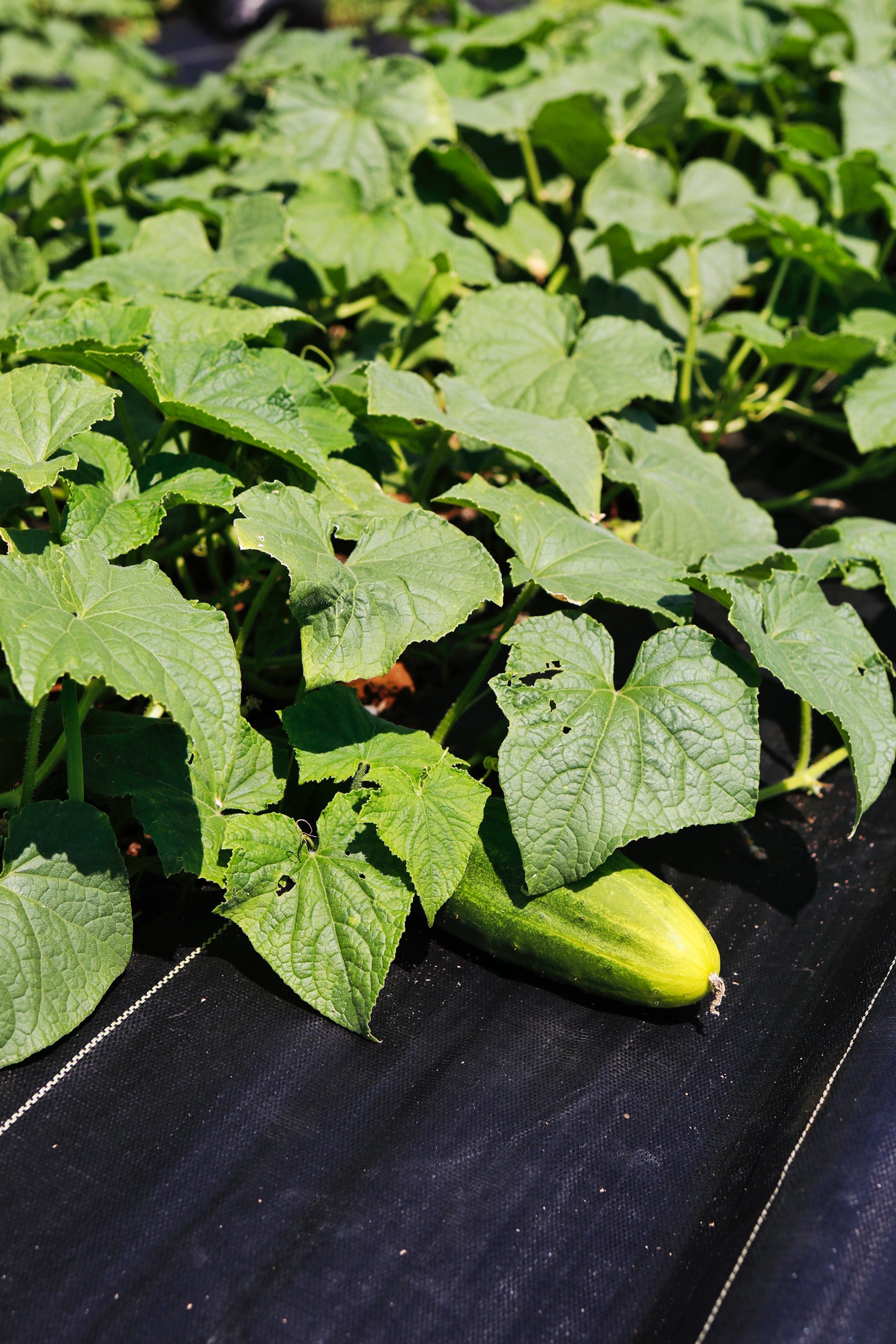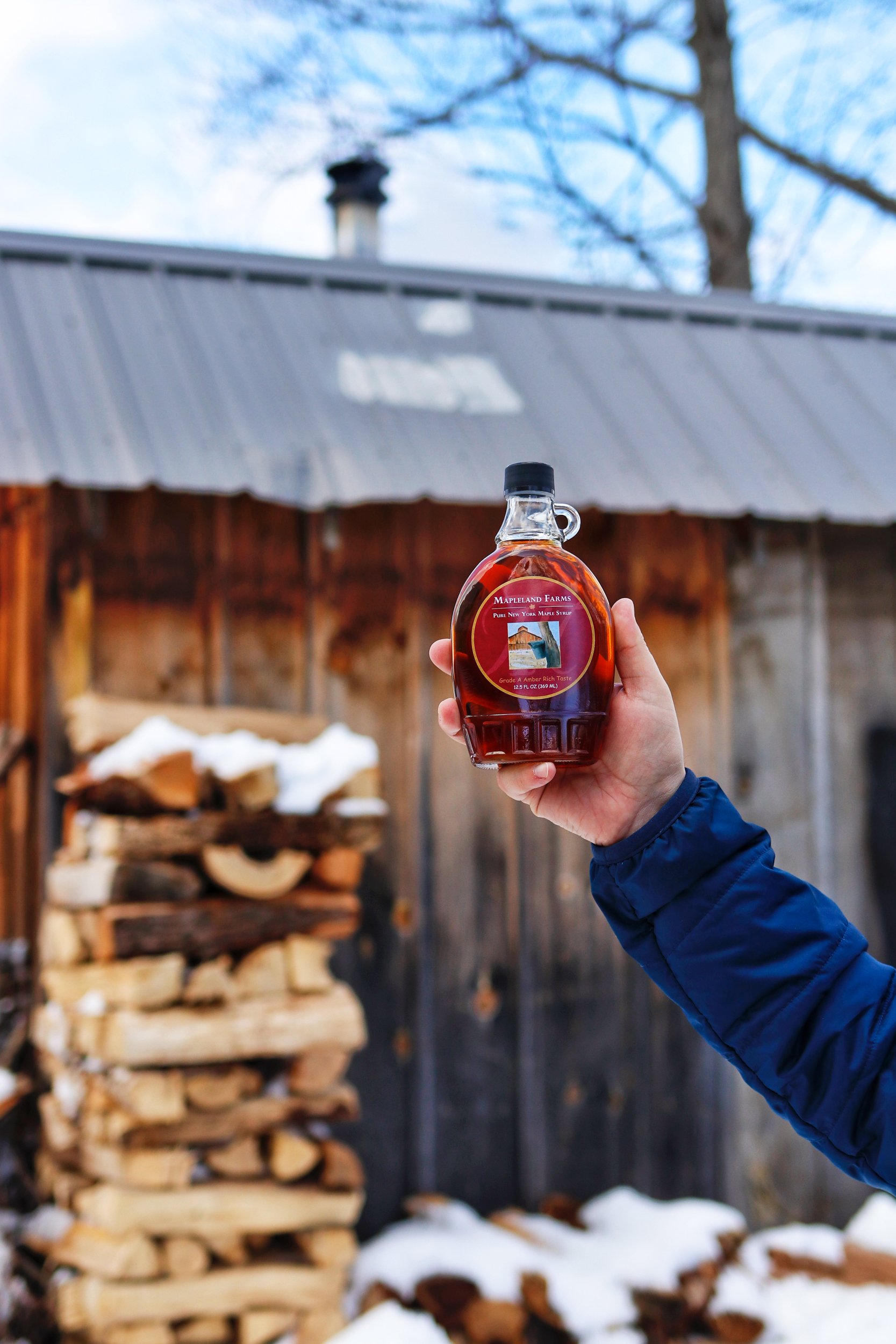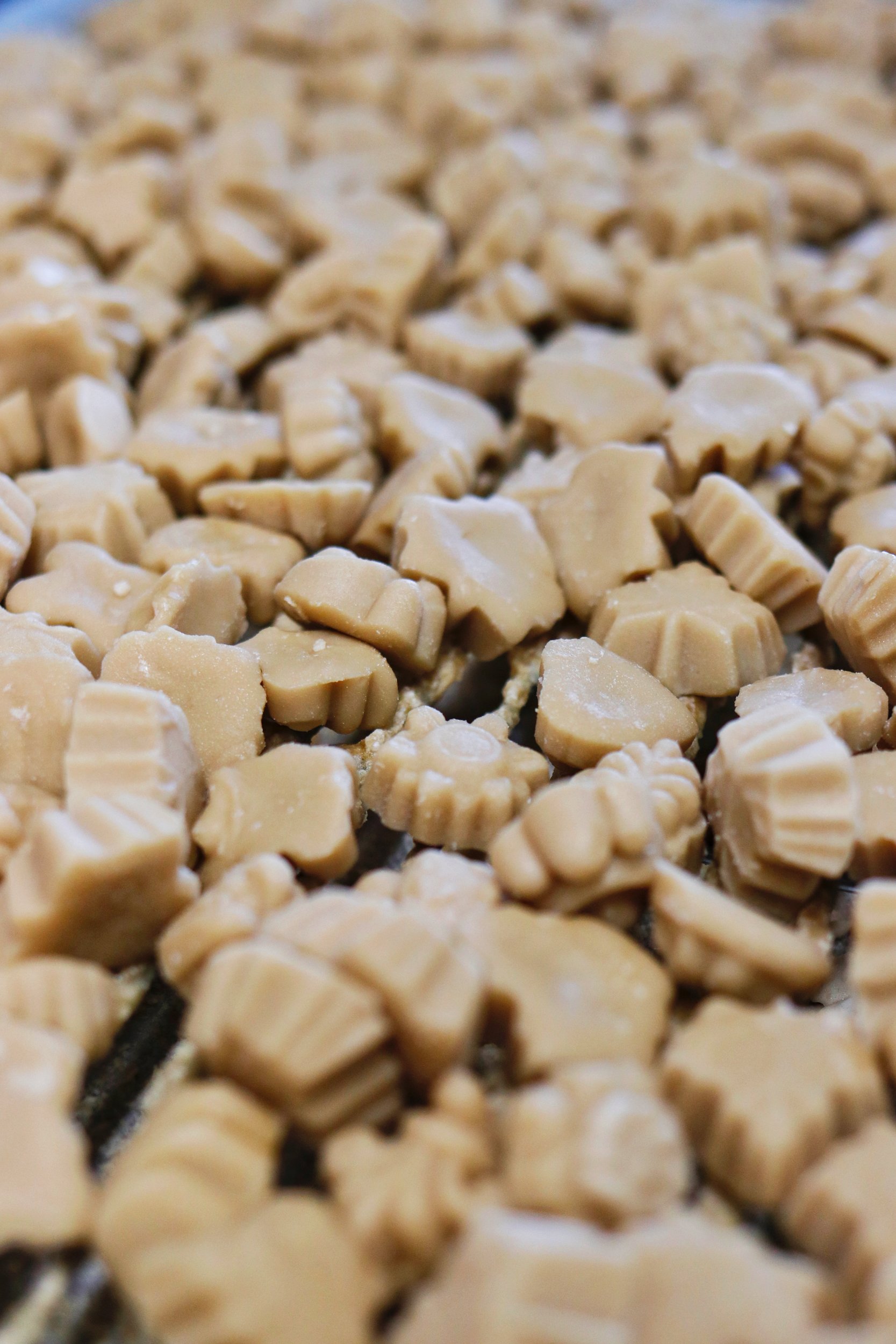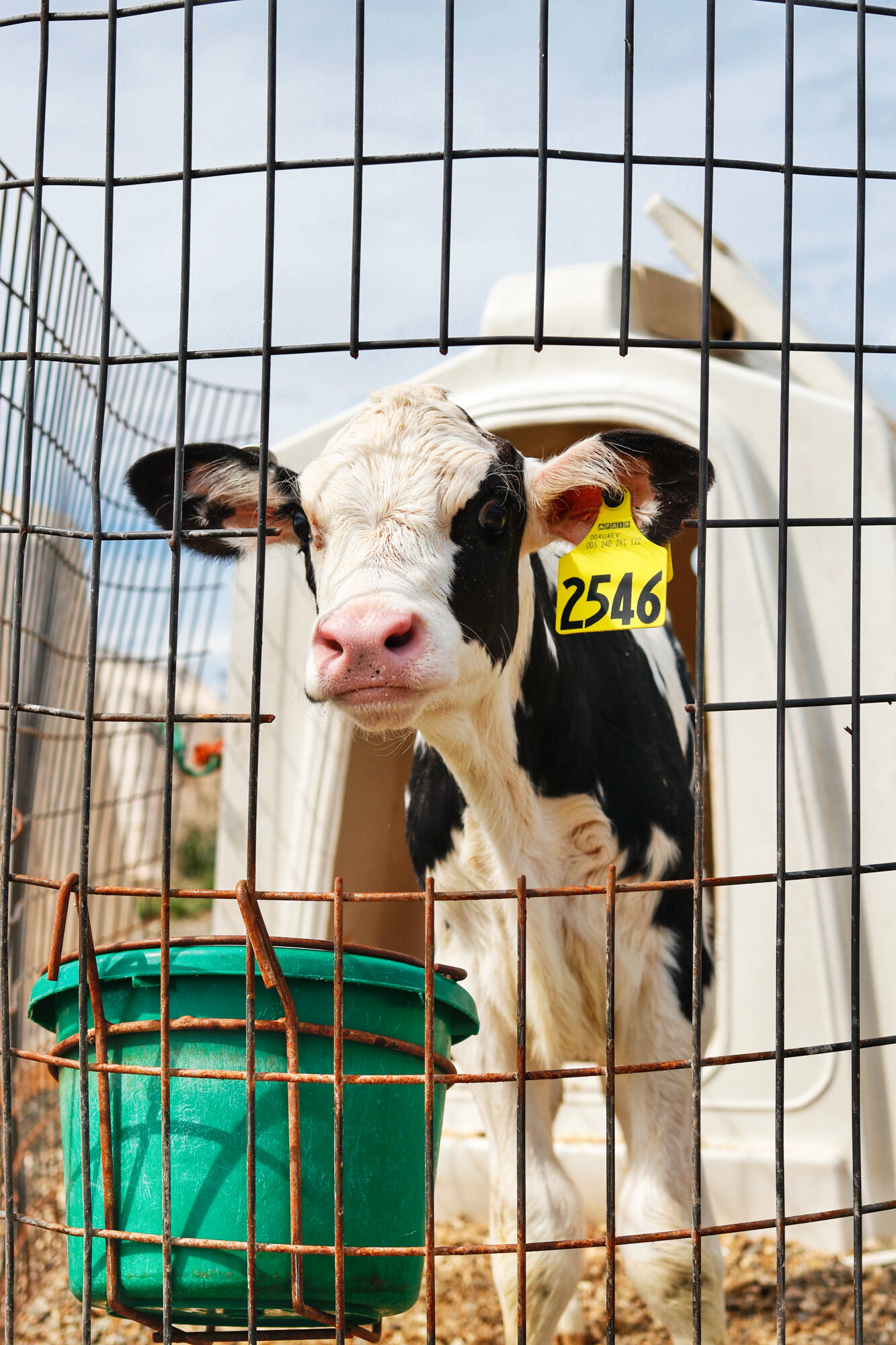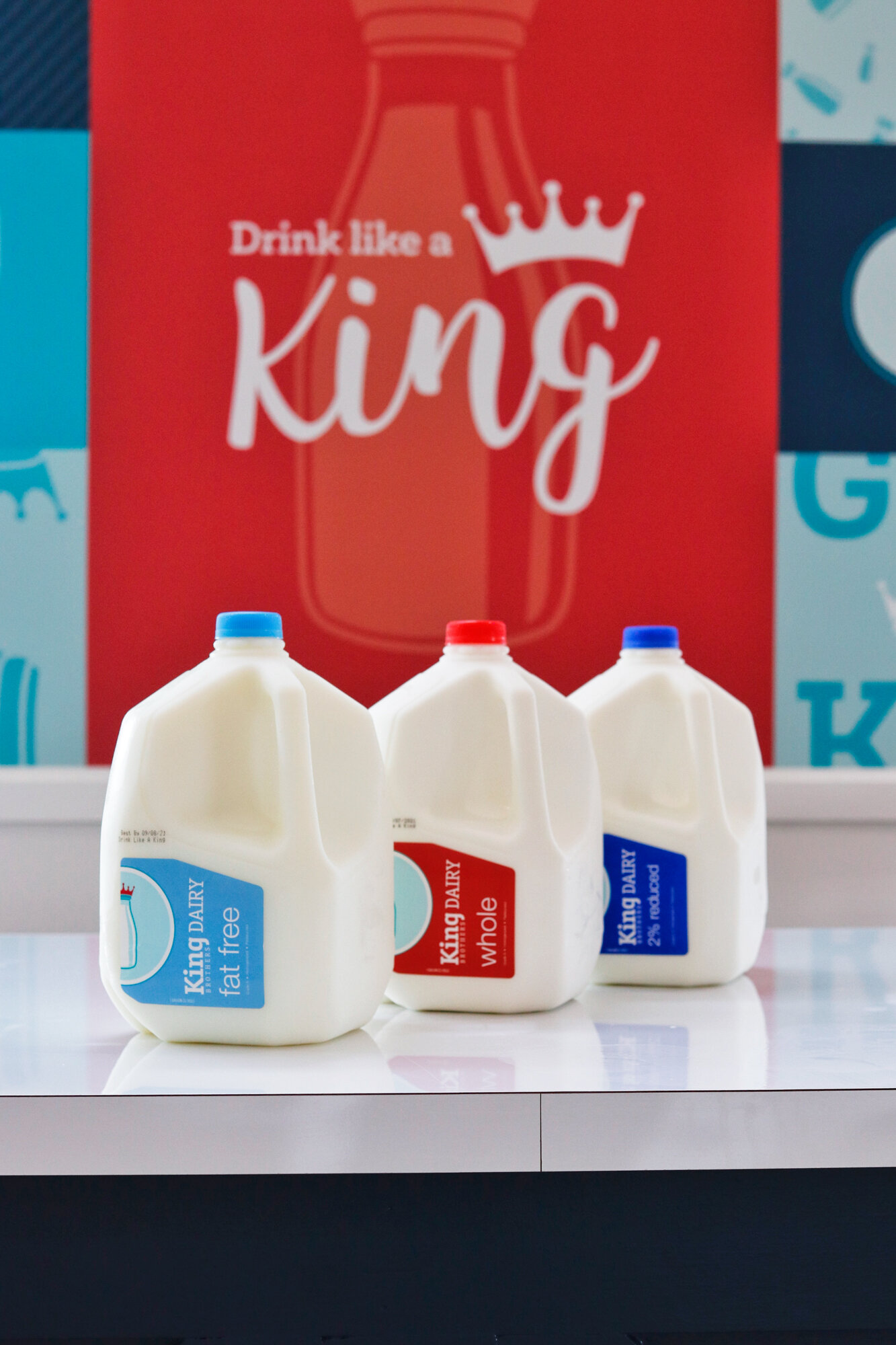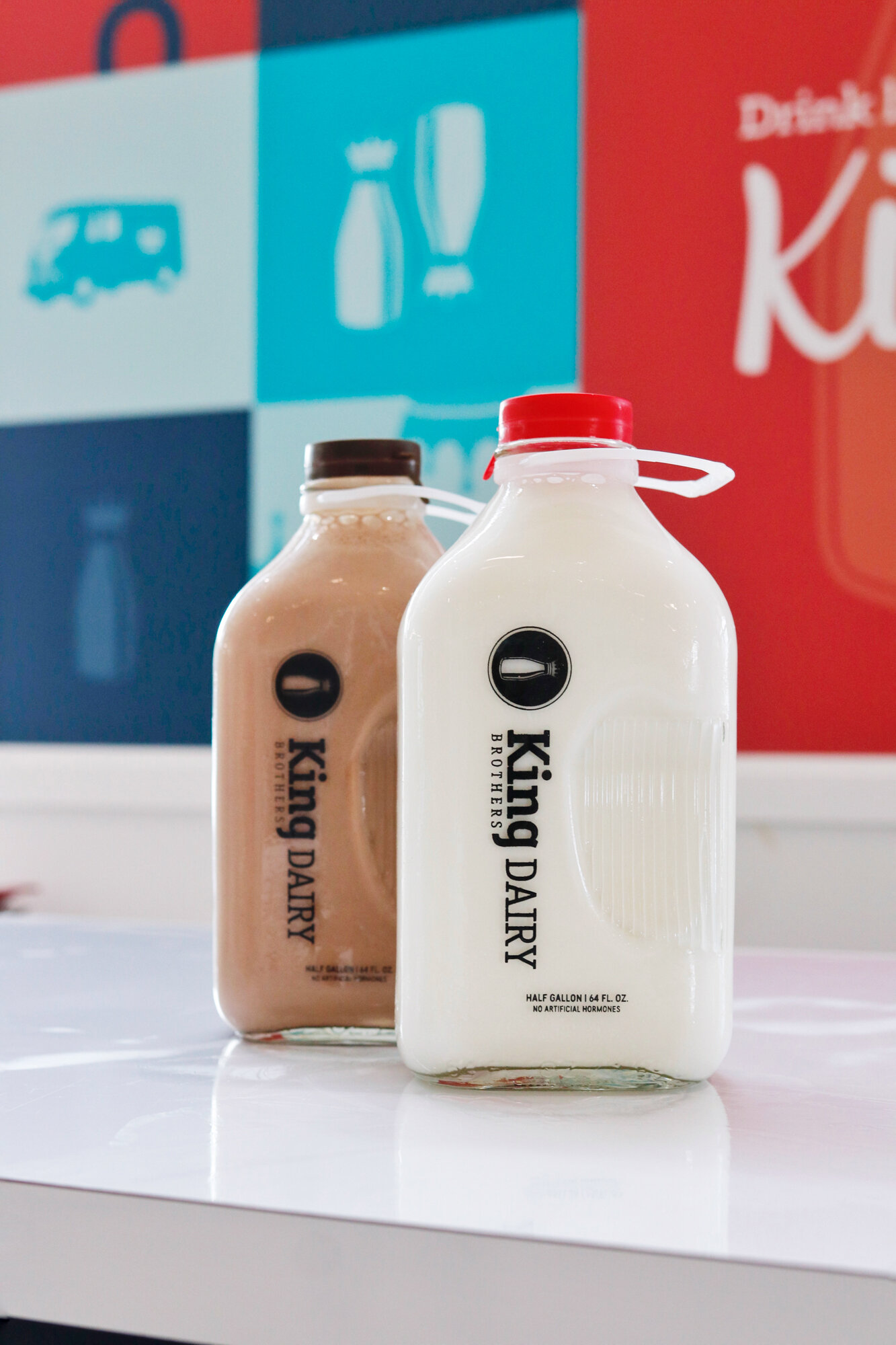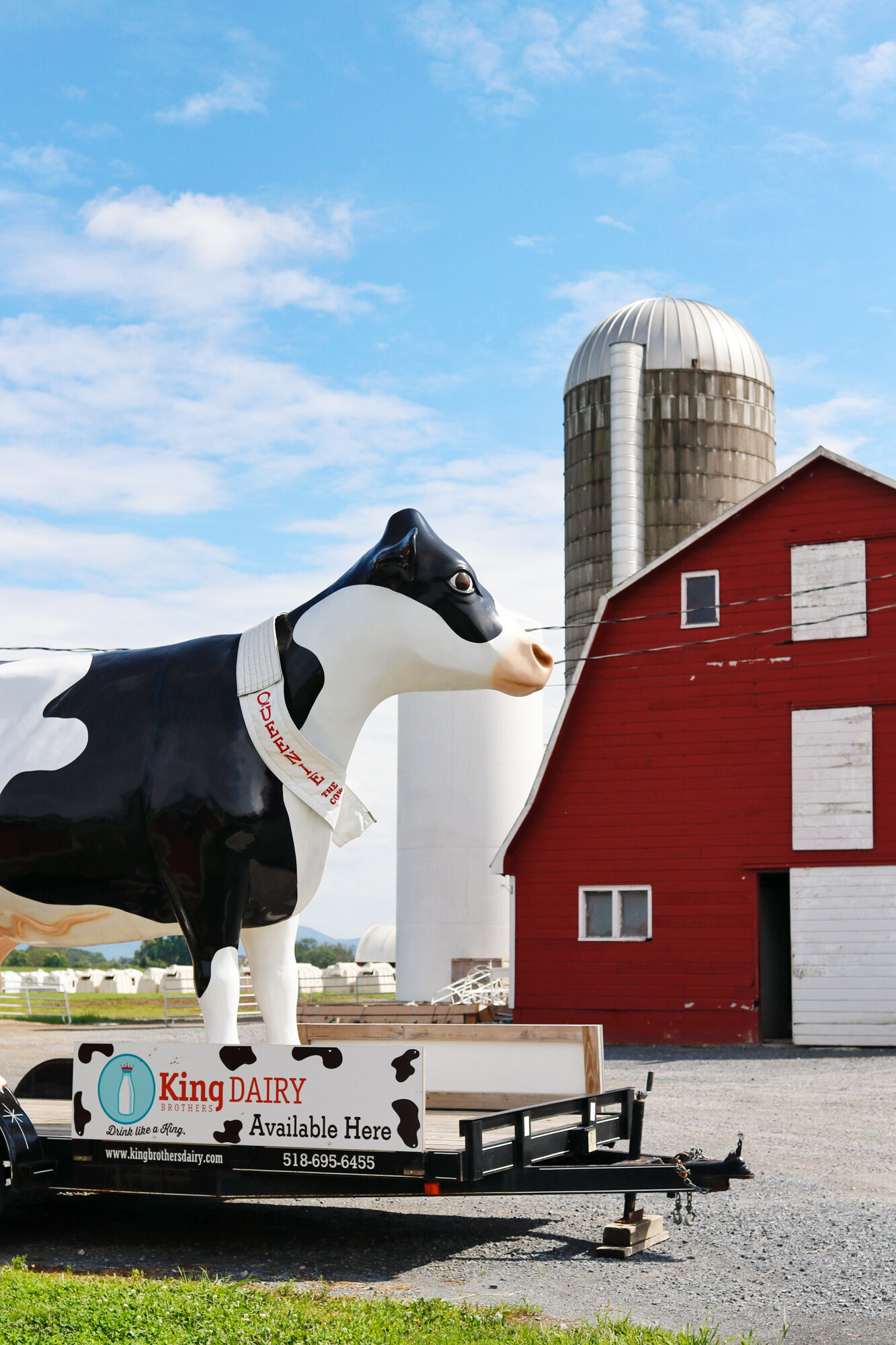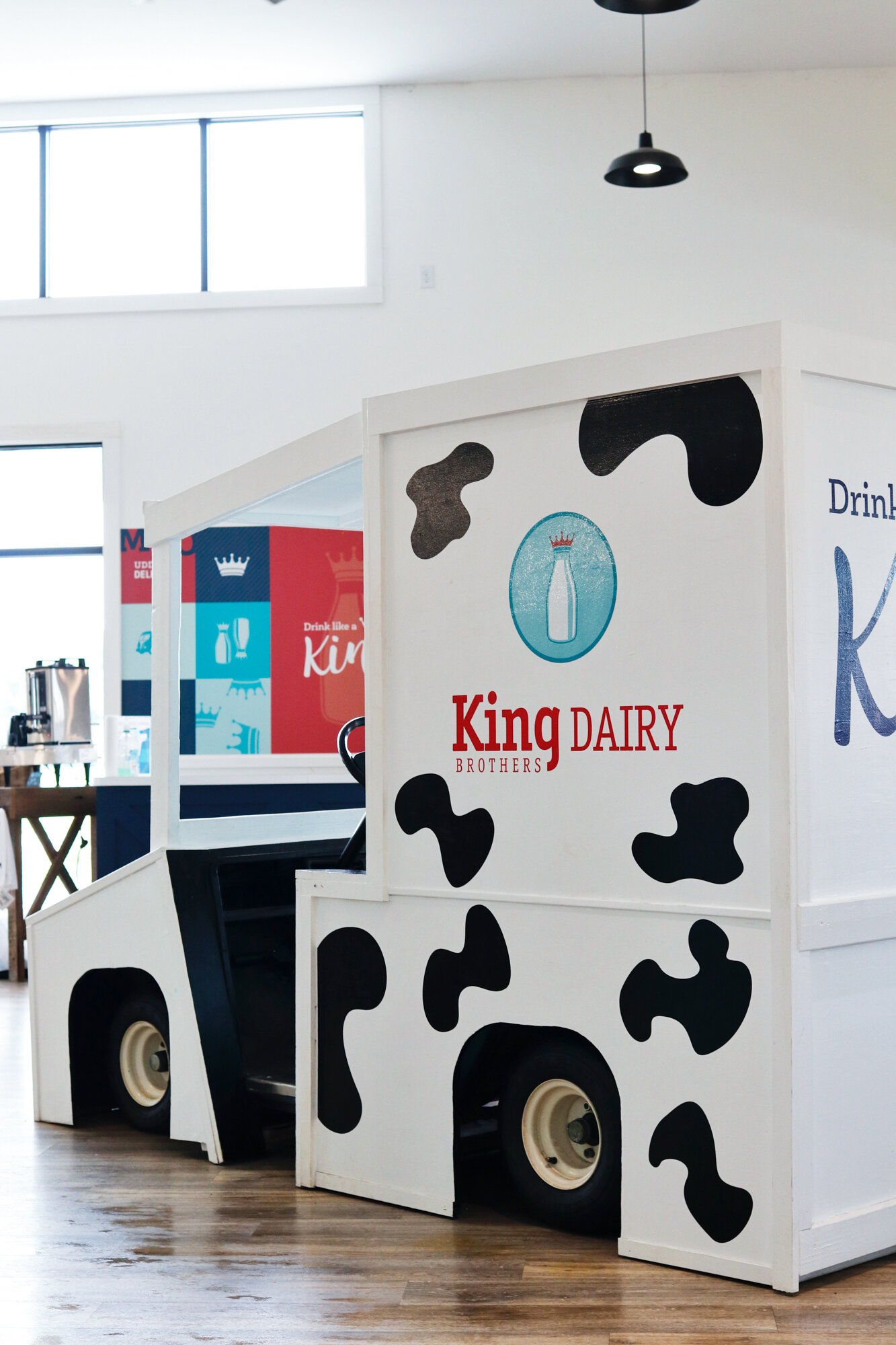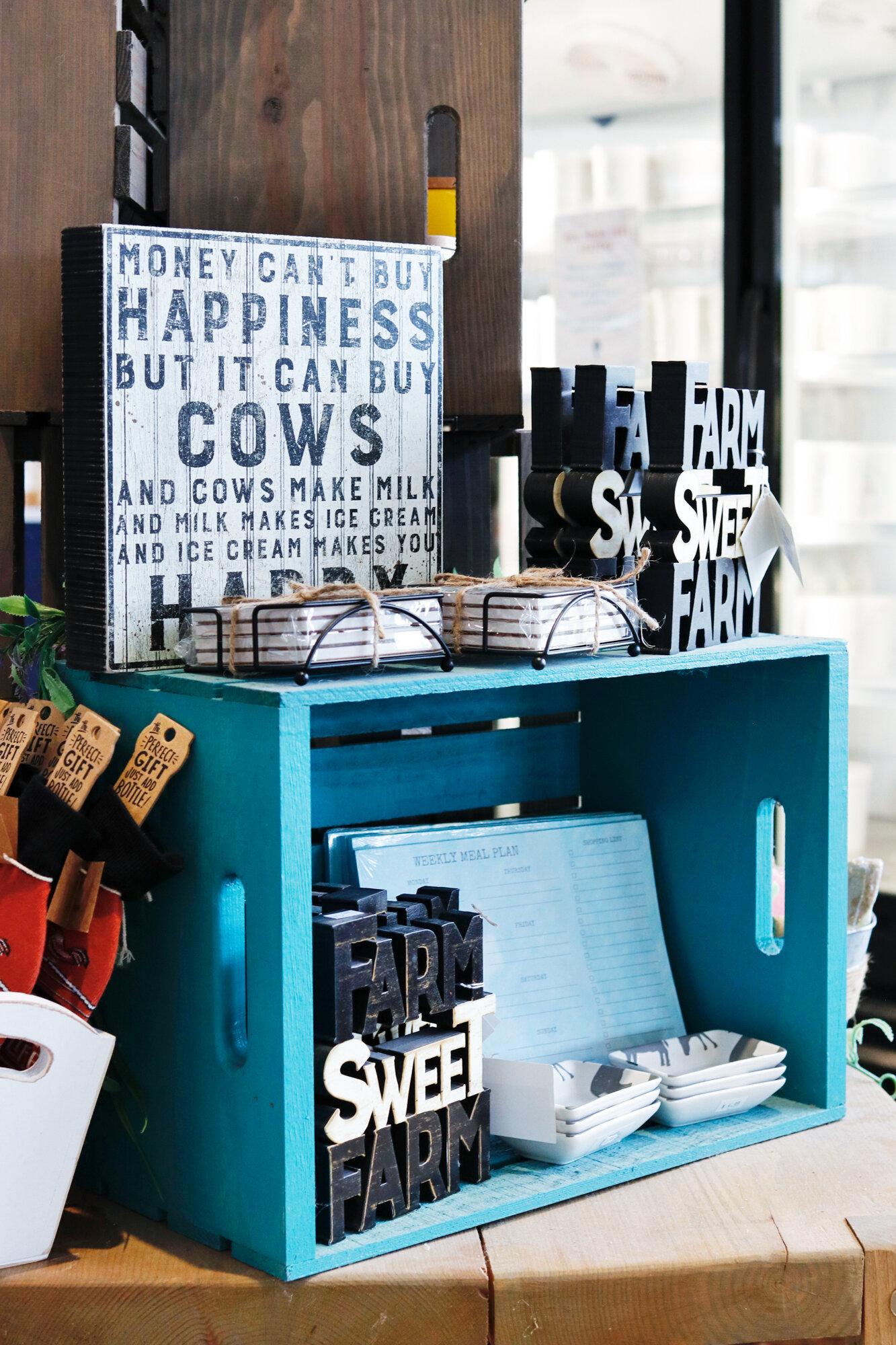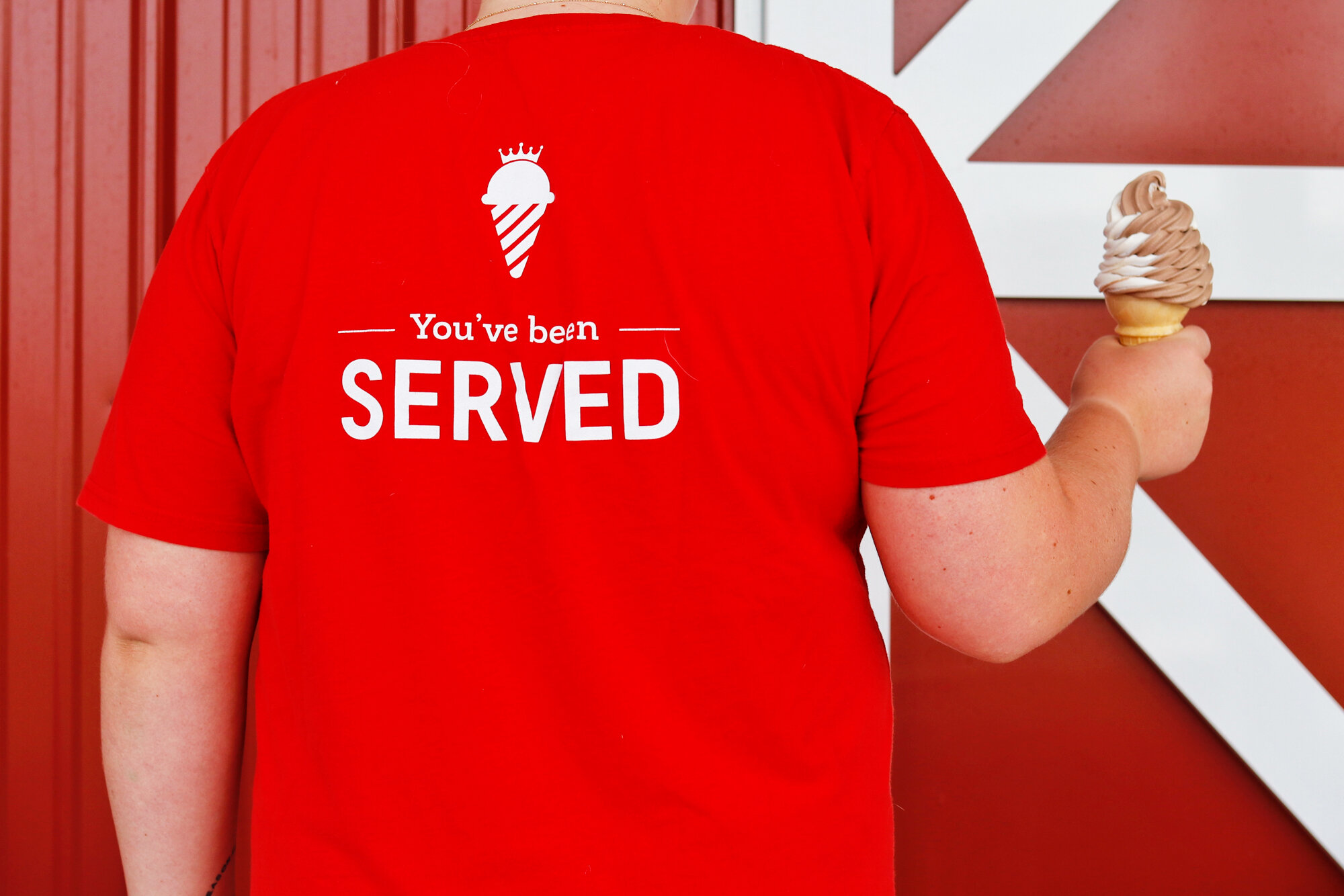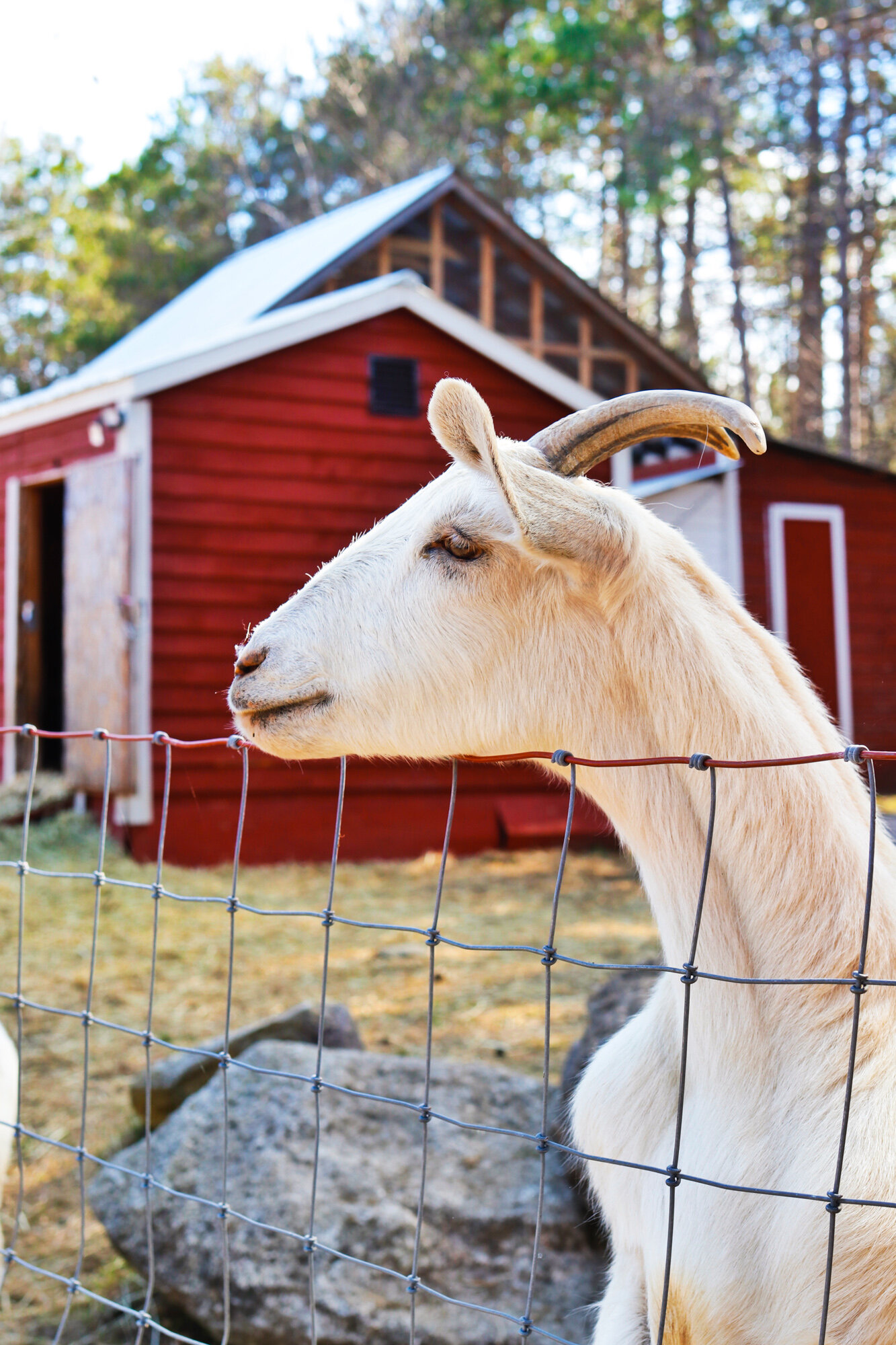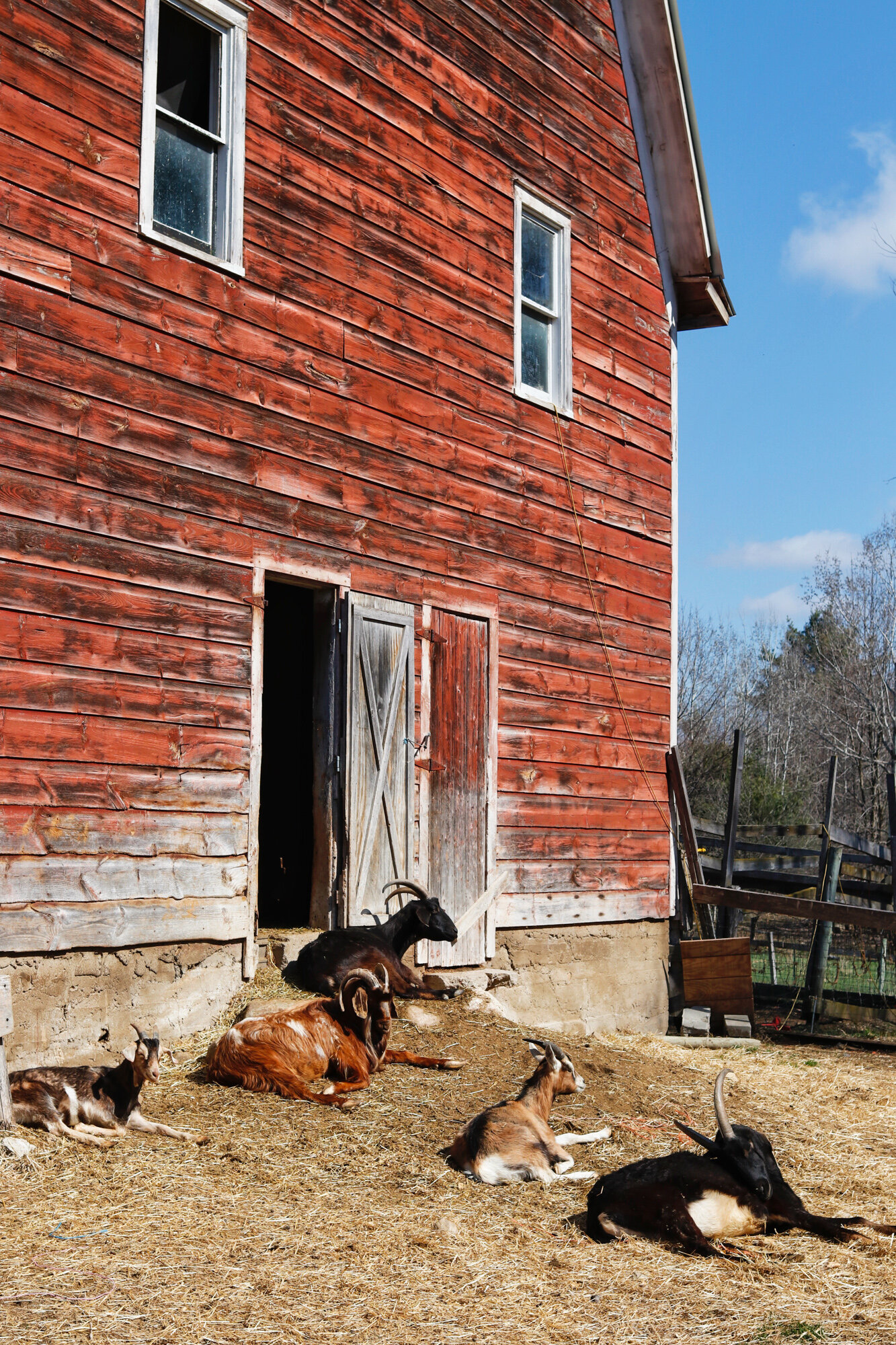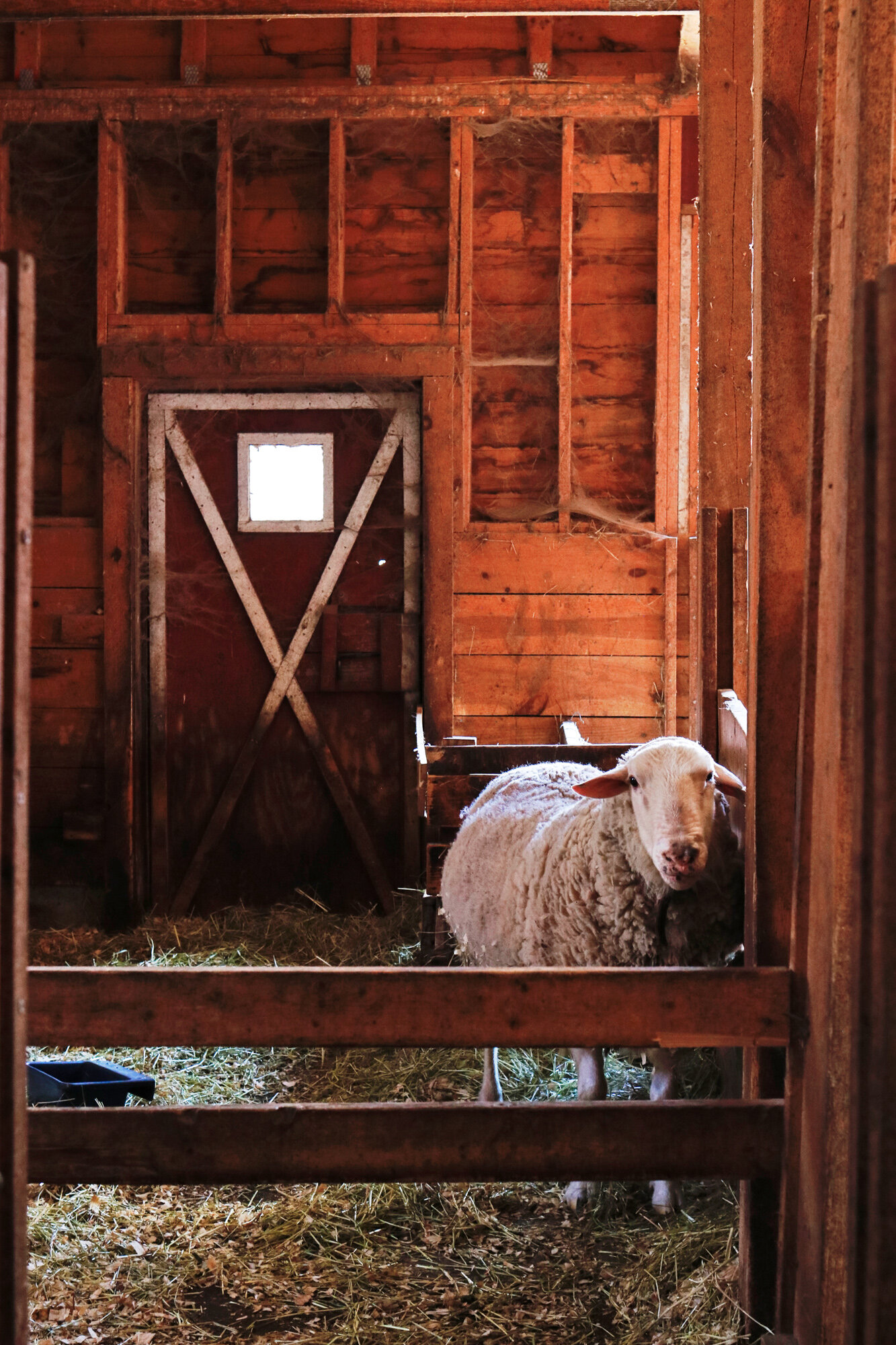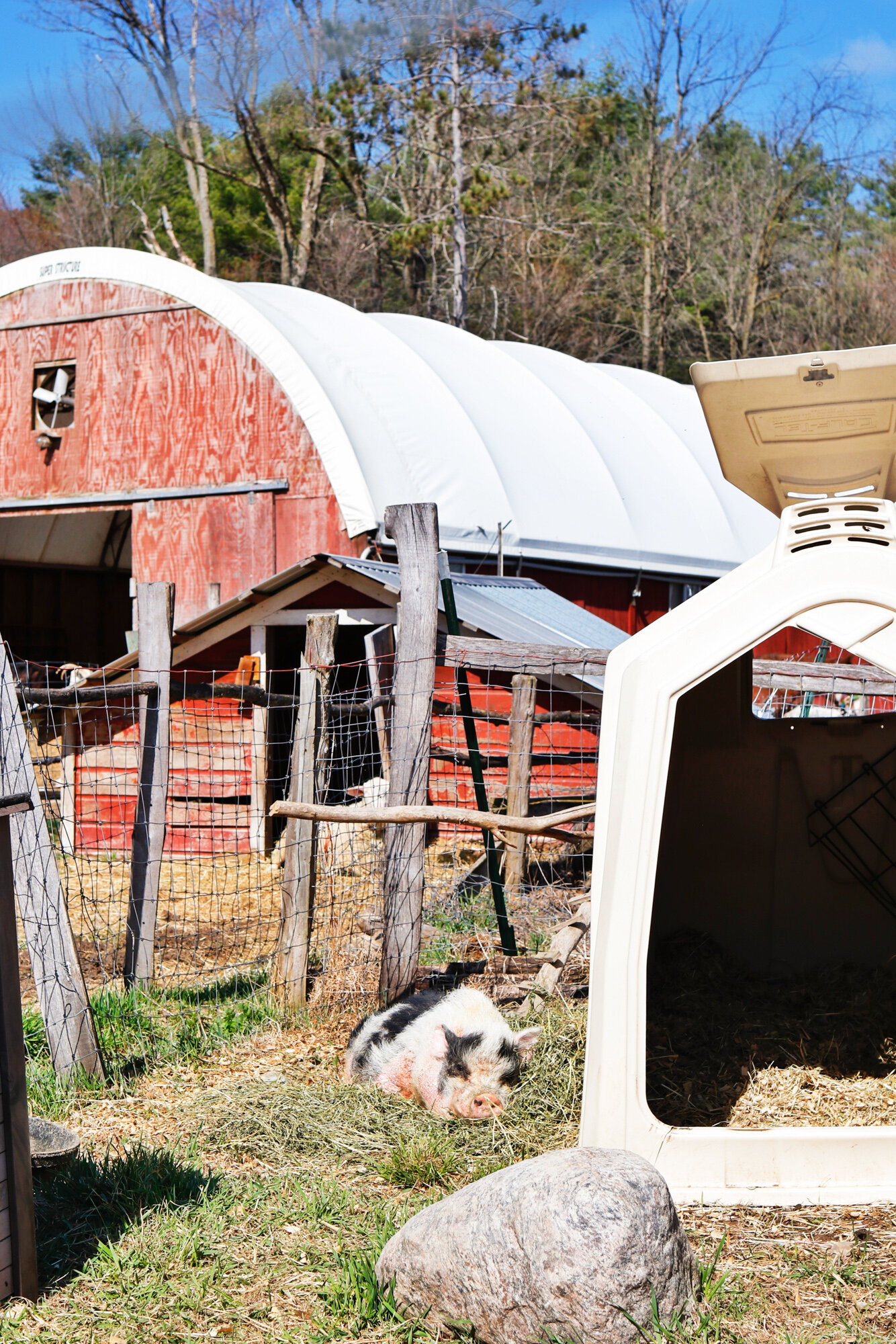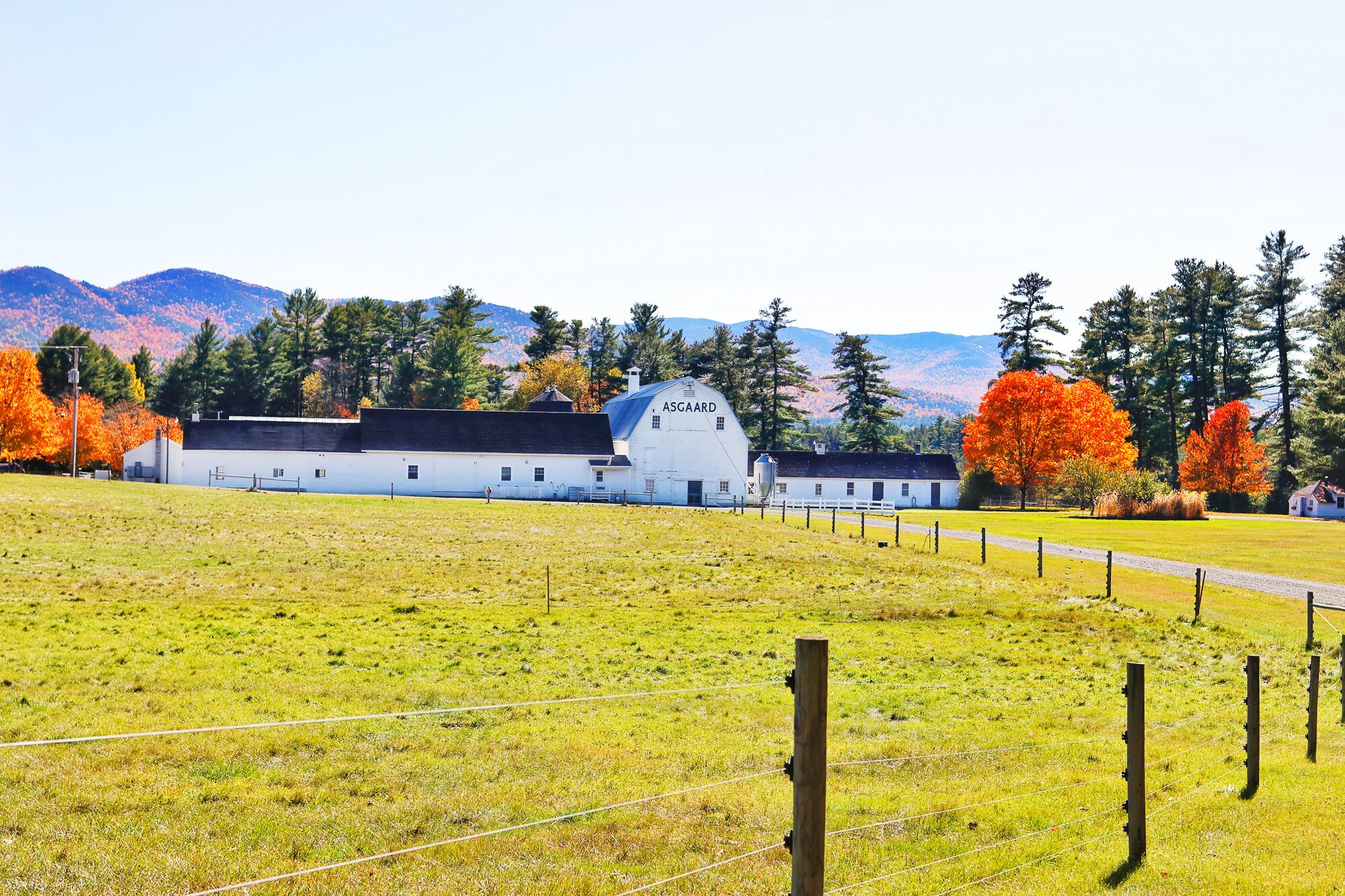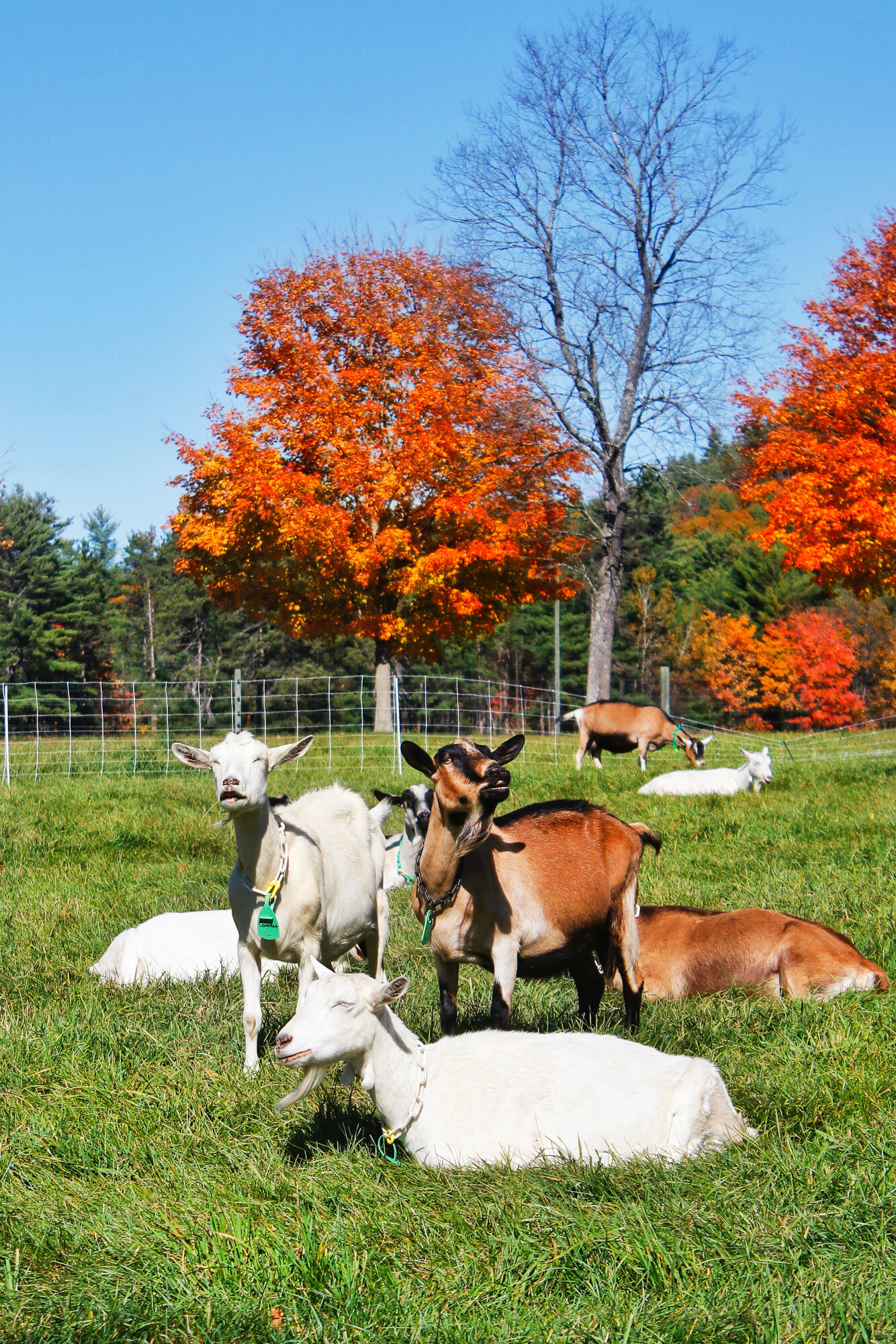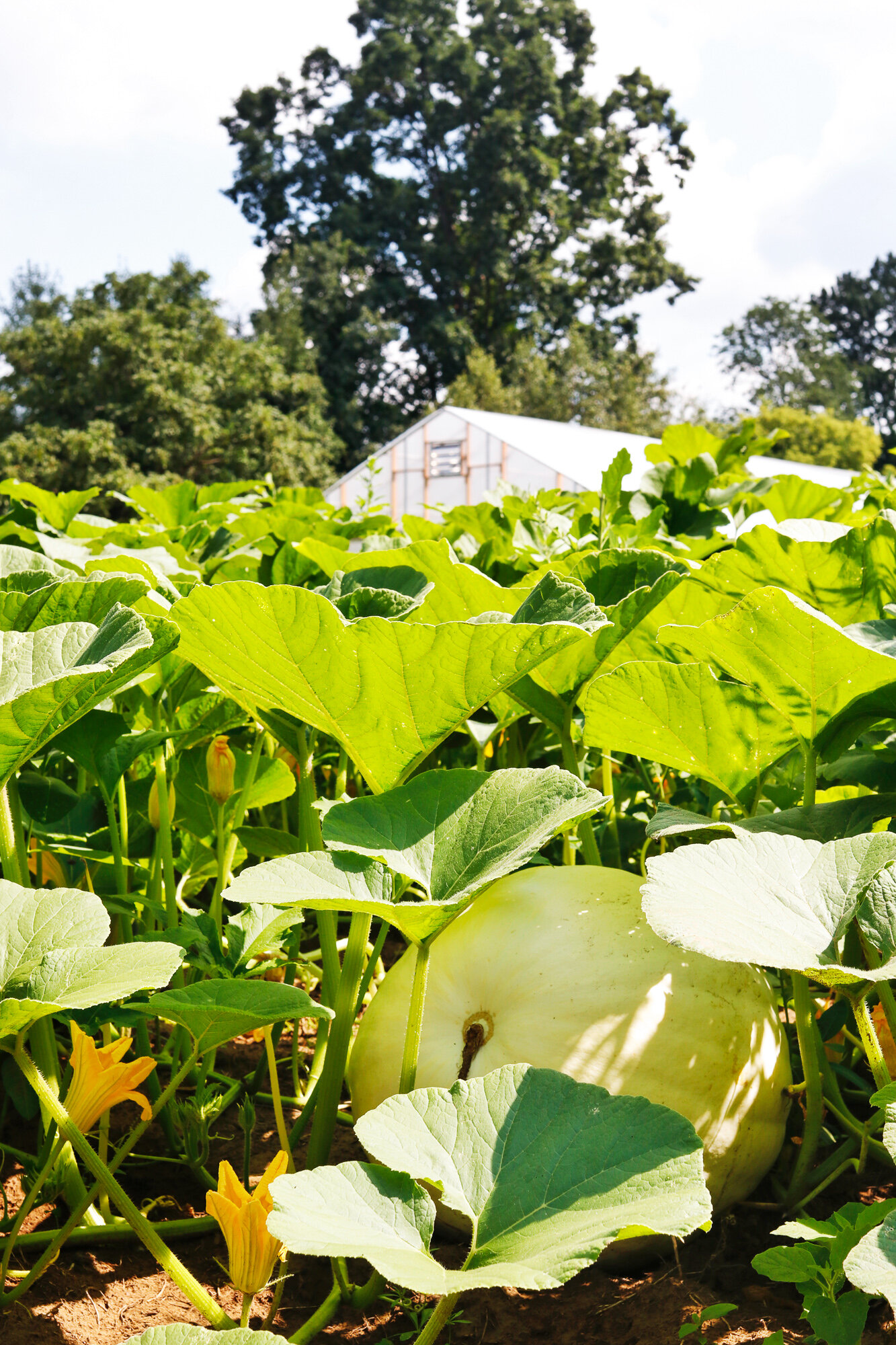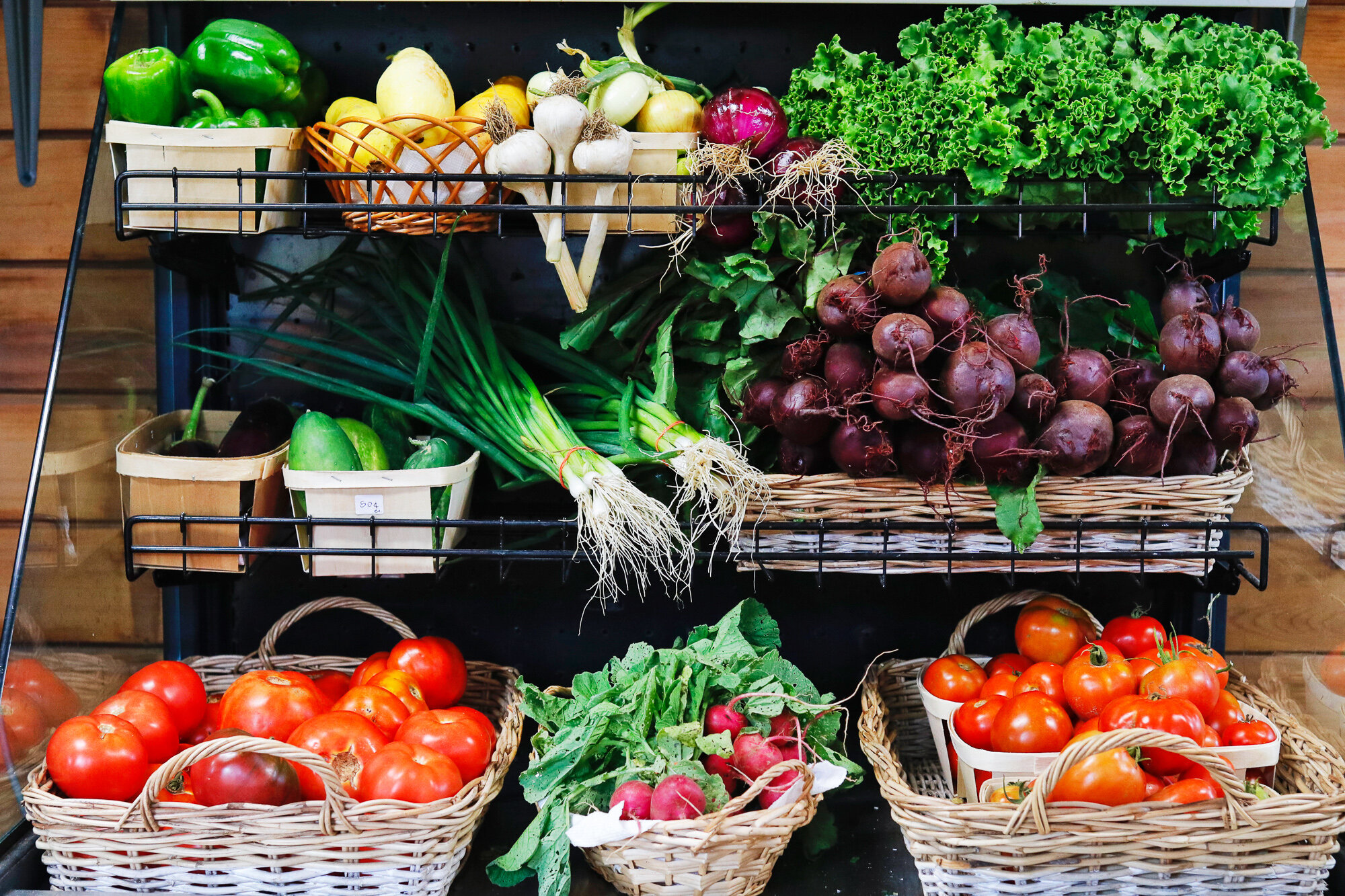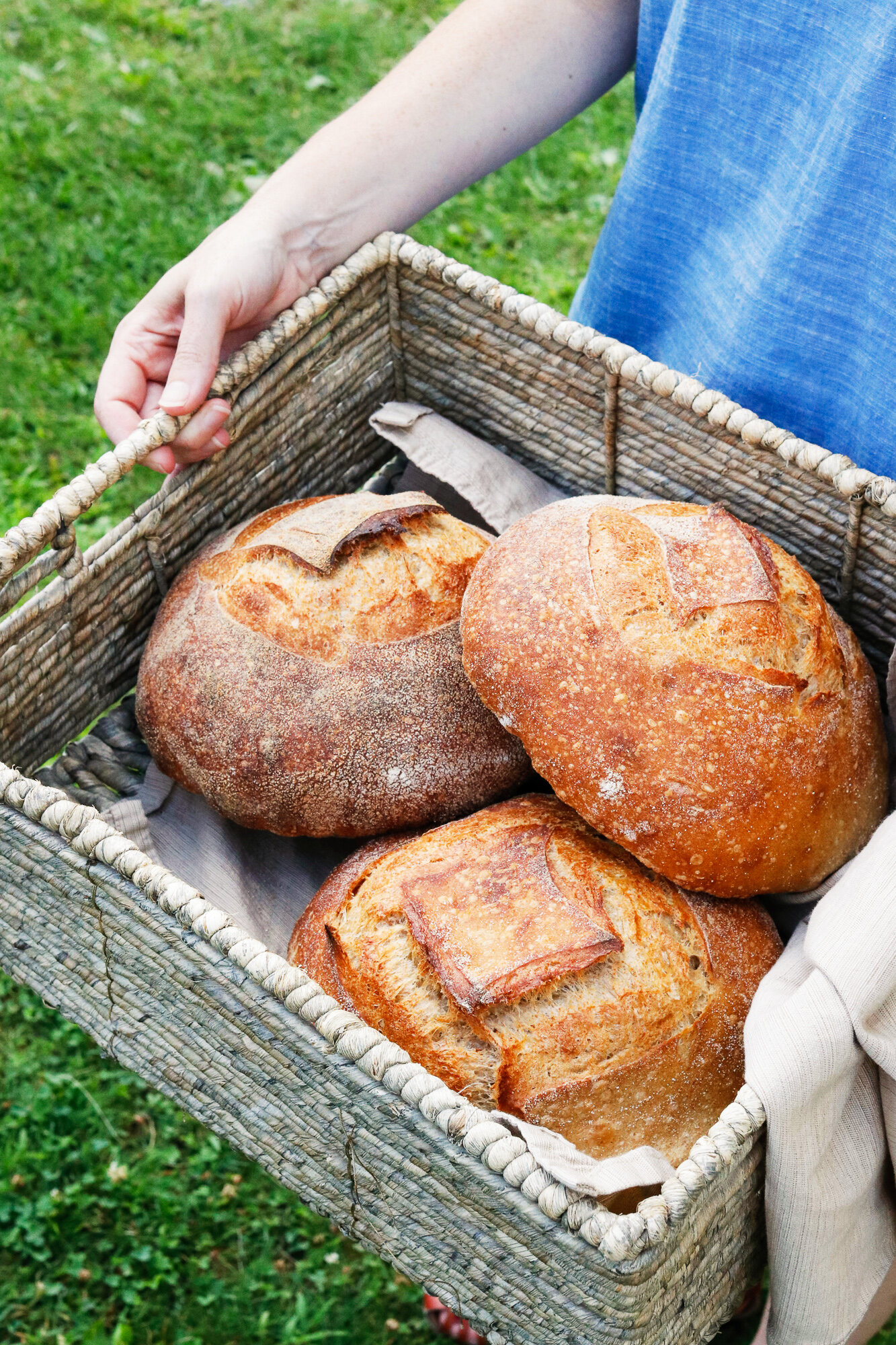Strawberry shortcake, strawberry pie, strawberry galette… We’re big fans of anything strawberry, and nothing’s better than fresh picked! Have you been picking yet? We’re rounding up a handful of local farms to try if you’re in the mood for some strawberry shortcake, too!
Yoleberry Farm in Fort Ann, NY • Photo: Bri Lyons
Ariel’s Farm | Gansevoort: A farm that comes highly recommended (and just a quick 20 minute ride from Glens Falls!), we can’t wait to try Ariel’s Farm this season. More info here.
Hand Melon Farm | Greenwich: This was a Washington County favorite when we asked our Instagram followers for suggestions! Find their info here.
Hicks Orchard | Granville: New this year! Hicks is always a summer favorite for blueberry picking, so we were thrilled to hear that they’ll have u-pick strawberries this season. Bonus points for the cider donuts you can enjoy once you’re done picking! More info here.
Strawberry Acres | Buskirk: A new to us option that we stumbled across on Facebook this year. If you’re looking for a ride through beautiful Washington County with strawberries as your reward, this looks like the spot for you. Grab their info here.
Bowman Orchard | Rexford: If you’re headed south, Bowman Orchard is the place to be! After you pick your fill of berries, you can head over to their farm store for homemade ice cream, play on the playground, and visit their many animals (including goats, sheep, and pigs!). Details here.
Yoleberry Farm | Fort Ann: Closed for the 2024 strawberry season, sadly! We picked here for the first time last season and loved it! A beautiful, quiet setting and plentiful picking made for a perfect morning. They’re open Tuesday - Sunday from 9am - 4pm. Details here.
Special thanks to Glens Falls Hospital for making this story possible!
Whether you live in our region year-round or seasonally, or visit on vacation or for business, the Emergency Department is here for every one of us, any day, any time, we might need it. Now, the Emergency Department needs our help.
As a not-for-profit, community hospital, Glens Falls Hospital is committed to providing care to everyone who seeks it, regardless of their ability to pay. In 2022, the Hospital provided nearly $6.5 million in charity care. In addition, the health insurance payments the Hospital receives for most patients do not cover the cost of care, nor allow for major investments like the new Emergency Department project without community support.
Won’t you please make a gift today so that the new Sheridan Emergency Department is there for you and your family any day, any time, you need it? Click here to learn more.
Thanks for supporting the businesses that support Glens Falls Living!
Special thanks to Julie Snyder for making this story possible!
For over 15 years, Julie Snyder has been an experienced top producing Realtor serving buyers and sellers in and around the Glens Falls and greater Adirondack Region and has been recognized as being in the Top 5% of Realtors in the Nation.
Whether her clients are selling their home, looking for a home for the very first time, or they're seasoned investors, Julie works tirelessly to accommodate their needs and exceed their expectations. She is incredibly well-versed in the area's housing market and always manages to find her clients those hidden gems.
Speaking of gems, click here to check out her newest listing in Glens Falls!
Thanks for supporting the businesses that support Glens Falls Living!








